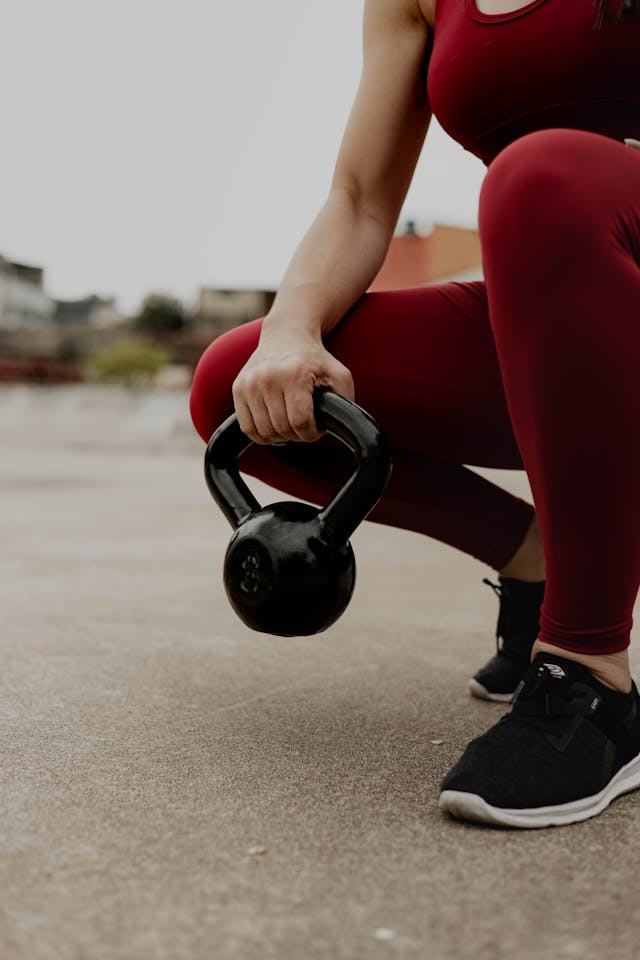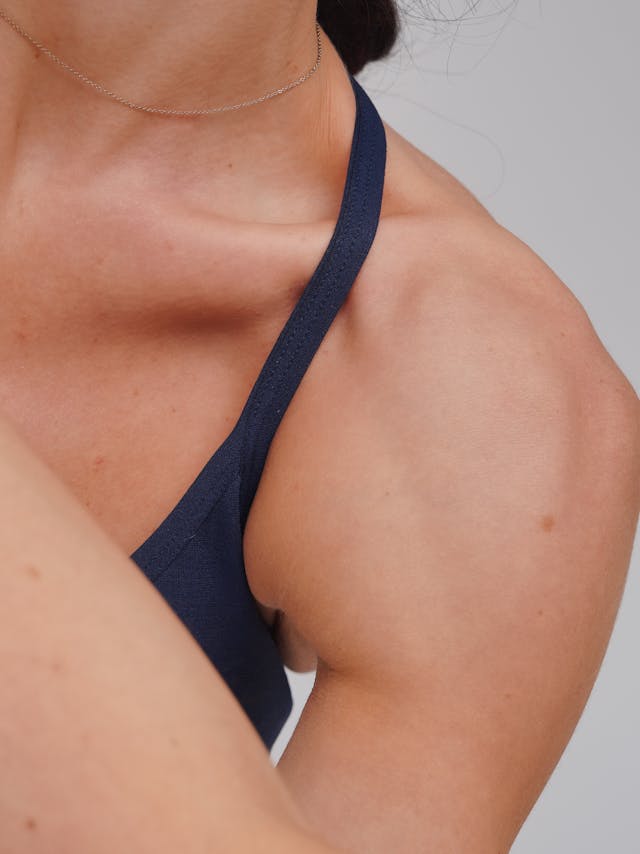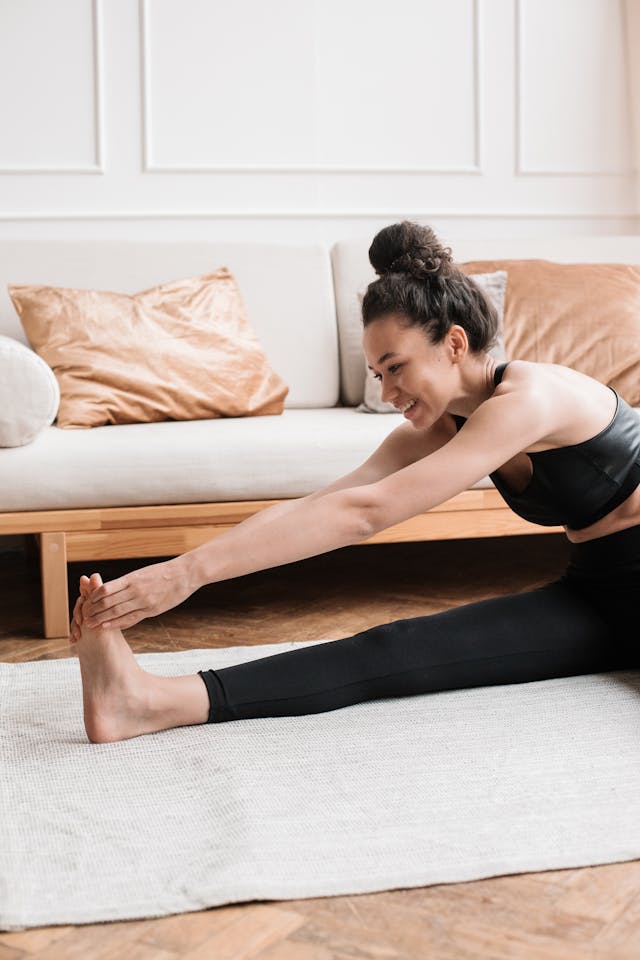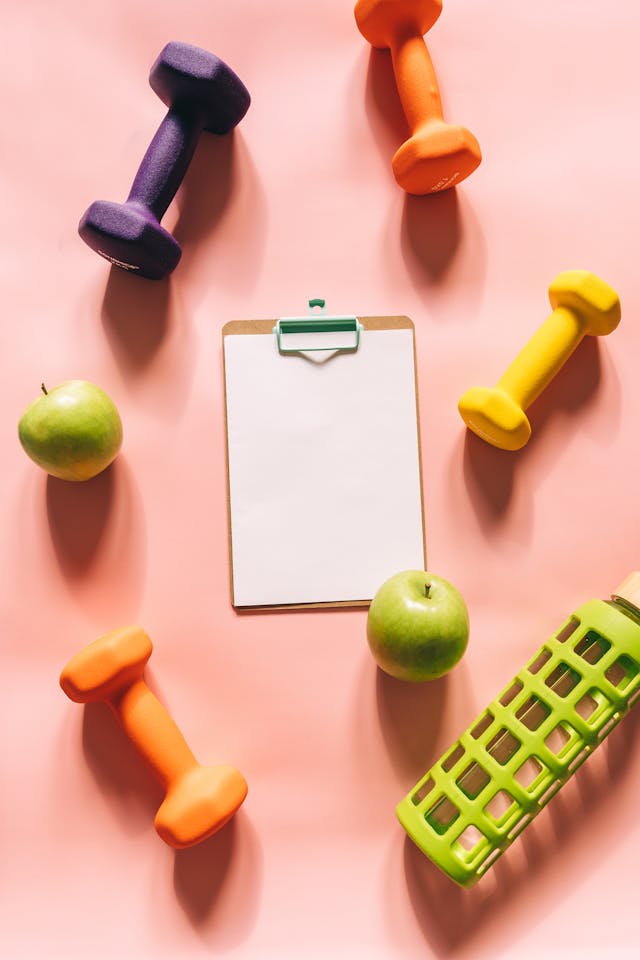The 20 Minute Beginner Kettlebell Workout That Actually Works
Starting a fitness routine can feel overwhelming, especially when you’re bombarded with complex workout plans and intimidating gym equipment. But what if you could build strength, improve cardiovascular health, and torch calories with just one piece of equipment in 20 minutes?
Enter the kettlebell—a cast-iron ball with a handle that’s been transforming bodies for centuries. This versatile tool delivers a full-body workout that combines strength training and cardio into one efficient session. The beauty of kettlebell training lies in its simplicity: you can achieve remarkable results with basic movements that work multiple muscle groups simultaneously.
Whether you’re a complete fitness novice or someone looking to add variety to your routine, this 20-minute beginner kettlebell workout is designed to ease you into the world of kettlebell training while delivering real results. You’ll learn proper form, build functional strength, and develop the confidence to tackle more advanced movements down the road.
Why Kettlebells Are Perfect for Beginners
Kettlebells offer unique advantages that make them ideal for those just starting their fitness journey. Unlike traditional dumbbells or machines, kettlebells force you to engage your core and stabilizing muscles throughout every movement. This creates a more functional form of strength that translates directly to everyday activities.
The offset center of gravity in a kettlebell challenges your body in ways that standard weights cannot. Every rep becomes a lesson in balance, coordination, and control. This constant engagement of stabilizing muscles helps improve posture and reduces the risk of injury in daily life.
Additionally, kettlebell exercises naturally incorporate explosive movements that boost cardiovascular fitness while building strength. This dual benefit means you’re getting more bang for your buck—or in this case, more fitness in less time.
Essential Equipment and Setup
For this beginner workout, you’ll need just one kettlebell. Choose a weight that feels challenging but manageable—typically 8-12 kg (18-26 lbs) for women and 12-16 kg (26-35 lbs) for men. When in doubt, start lighter. You can always progress to heavier weights as your technique improves.
Find a space that’s about 6 feet by 6 feet, with enough ceiling height to swing the kettlebell overhead. A yoga mat or towel can provide cushioning and grip for floor exercises, but it’s not essential.
Before diving into the workout, spend 3-5 minutes warming up with light movements like arm circles, leg swings, and bodyweight squats. This preparation helps prevent injury and ensures your body is ready for the more dynamic kettlebell movements.
The 20-Minute Beginner Kettlebell Workout
This workout consists of six fundamental kettlebell exercises performed in a circuit format. You’ll complete each exercise for 45 seconds, followed by 15 seconds of rest. After completing all six exercises, rest for 2 minutes before repeating the circuit two more times for a total of three rounds.
Kettlebell Deadlift
The kettlebell deadlift is the foundation of all kettlebell movements. Stand with feet hip-width apart, kettlebell on the floor between your feet. Hinge at your hips, keeping your chest up and back straight. Grip the handle with both hands, engage your core, and drive through your heels to stand up, squeezing your glutes at the top.
This movement targets your hamstrings, glutes, and lower back while teaching proper hip hinge mechanics that you’ll use in more advanced exercises.
Goblet Squat
Hold the kettlebell by the horns (the sides of the handle) at chest level. Stand with feet slightly wider than hip-width apart, toes pointed slightly outward. Lower into a squat by pushing your hips back and bending your knees, keeping your chest up and weight in your heels. Drive through your heels to return to standing.
The goblet squat strengthens your quadriceps, glutes, and core while improving mobility in your hips and ankles.
Single-Arm Row
Place your left hand and left knee on a bench or sturdy chair for support. Hold the kettlebell in your right hand, letting it hang straight down. Pull the kettlebell up to your ribcage by squeezing your shoulder blade back and driving your elbow toward the ceiling. Lower with control and repeat. Switch sides halfway through the interval.
This exercise strengthens your upper back, rear deltoids, and biceps while improving posture and shoulder stability.
Kettlebell Press
Hold the kettlebell at shoulder height with your right hand, resting it on the back of your wrist and forearm. Keep your core tight and press the weight straight up until your arm is fully extended overhead. Lower with control and repeat. Switch sides halfway through the interval.
The kettlebell press builds shoulder strength and stability while challenging your core to maintain proper alignment.
Kettlebell Swing (Modified)
This is a simplified version of the traditional kettlebell swing, perfect for beginners. Hold the kettlebell with both hands, arms extended in front of your body. Hinge at your hips and swing the kettlebell between your legs, then drive your hips forward to swing it up to chest height. Let momentum carry the movement rather than using your arms.
The swing is a powerful exercise that develops explosive hip power, cardiovascular fitness, and full-body strength.
Plank to Downward Dog
Start in a plank position with the kettlebell positioned between your hands. From the plank, push your hips up and back into a downward dog position, creating an inverted V-shape with your body. Return to plank and repeat.
This dynamic movement improves core strength, shoulder stability, and hip mobility while providing a brief recovery from the more intense kettlebell exercises.
Form Tips for Maximum Safety and Results
Proper form is crucial when working with kettlebells. Always prioritize technique over speed or weight. Keep your core engaged throughout every exercise—imagine someone is about to punch you in the stomach and brace accordingly.
When performing hip hinge movements like deadlifts and swings, focus on moving from your hips rather than your knees. Your back should remain neutral throughout the movement, neither excessively arched nor rounded.
For pressing movements, maintain a straight line from your ear to your ankle. Avoid leaning to one side or arching your back excessively. If you find yourself compensating, the weight may be too heavy.
Progression and Modifications
As you become comfortable with these movements, you can progress by increasing the weight, adding more rounds, or incorporating more advanced exercises. However, master the basics first—rushing into complex movements without proper foundation often leads to injury and frustration.
If any exercise feels too challenging, modify it by reducing the range of motion or using a lighter weight. For the swing, you can start with a lower height and gradually work up to chest level as your technique improves.
Listen to your body and take additional rest if needed. Consistency trumps intensity when building a sustainable fitness routine.
Making the Most of Your 20 Minutes
The key to success with this 20-minute beginner kettlebell workout lies in consistency and progressive overload. Aim to perform this routine 2-3 times per week, allowing at least one day of rest between sessions for recovery.
Track your progress by noting which weight you use and how the exercises feel over time. As movements become easier, gradually increase the weight or extend the work intervals. Remember that fitness is a journey, not a destination—celebrate small victories and trust the process.
This workout proves that effective fitness doesn’t require hours in the gym or expensive equipment. With just one kettlebell and 20 minutes of focused effort, you can build the foundation for a stronger, healthier you. Start today, stay consistent, and watch as your strength and confidence grow with each session.






